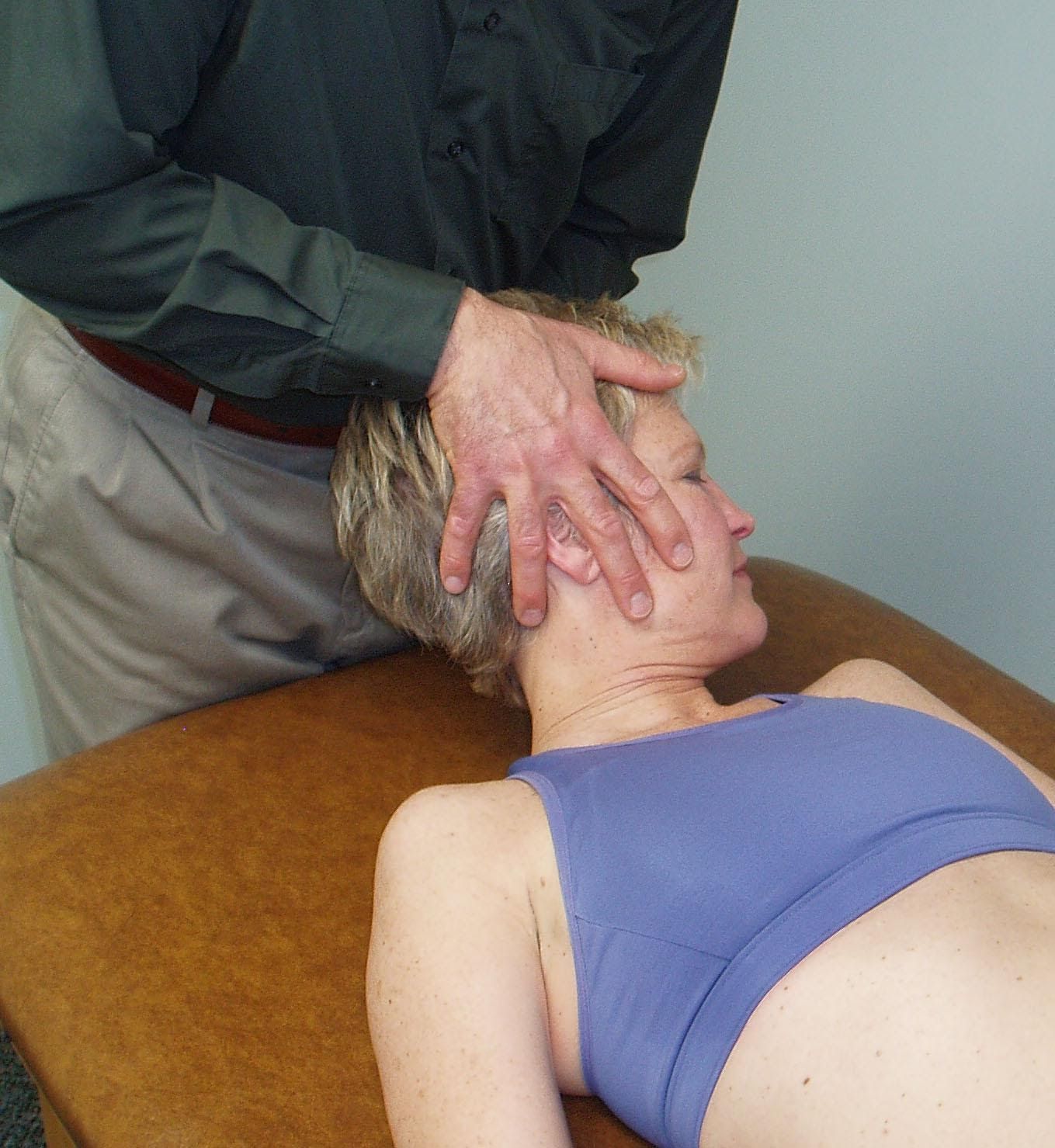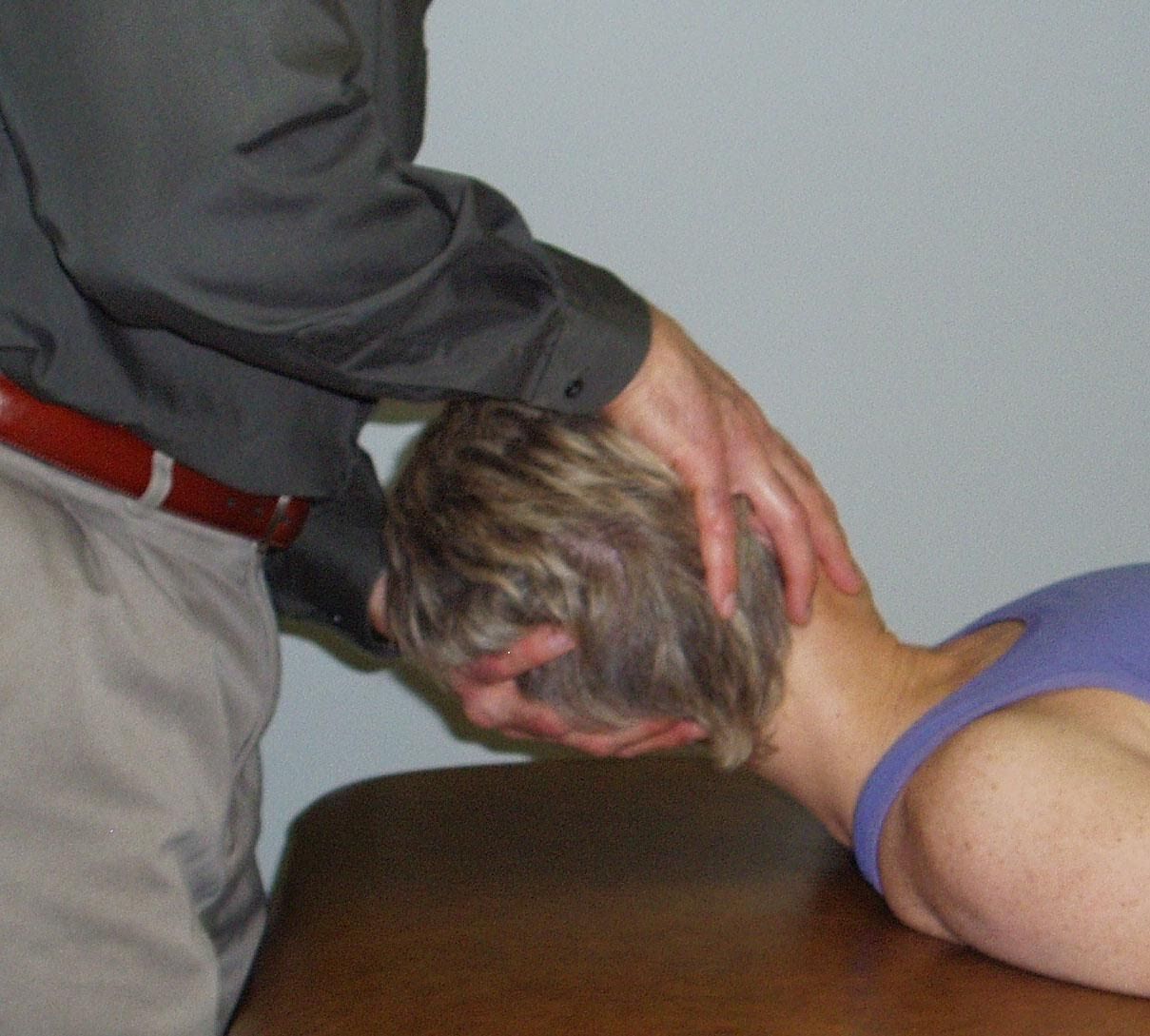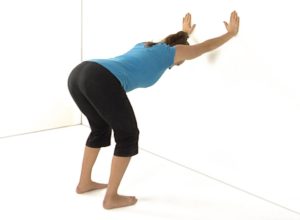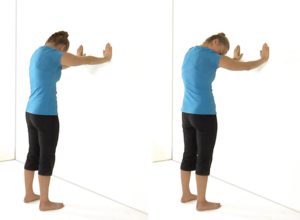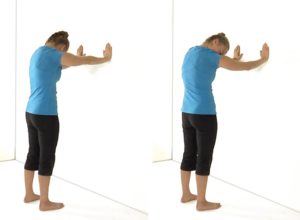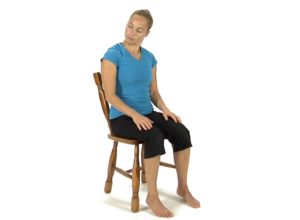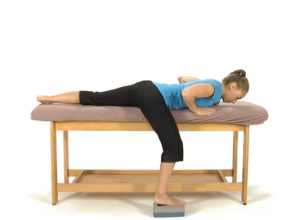Three areas of potential compression of the brachial plexus resulting in positive ULTT1 or ULTT3 tests
- In the intrascalene triangle
- In the costoclavicular space
- Underneath the pectoralis minor – hyperabduction syndrome
Intrascalene Triangle:
- Hypertonicity of the anterior and middle scalenes
- Brachial plexus lies between the scalenes
- The brachial plexus and scalenes are both contained in the deep fascia of the cervical spine
Costoclavicular Space
- Elevated first rib due to hypertonic scalenes
- Superiorly subluxated first rib – confirmed by the cervical rotation/lateral flexion test
Pectoralis Minor – Hyperabduction Syndrome
- Compression of the brachial plexus during shoulder abduction secondary to a tight pectoralis minor
- Tone of the pectoralis minor is influenced by the position and mobility of ribs 3-5
Factors Influencing the Three Areas of Compression often resulting in a diagnosis of Thoracic Outlet Syndrome:
- Hypertonic scalenes
- Superiorly subluxated 1st rib
- Hypertonic pectoralis minor/hypomobility of ribs 2-5
Superiorly Subluxated First Rib:
- Mechanism of injury – acute side bending injury to the neck, ie, broadsided MVA or a strain on the neck when transferring a patient
- Diagnosis: Palpation reveals the rib to be elevated by a thumb’s width compared to the other side
- Positive Cervical Rotation/Lateral Flexion (CRLF) Test
- Positive Adverse Neural Tension signs
- Diagnosis of Thoracic Outlet Syndrome
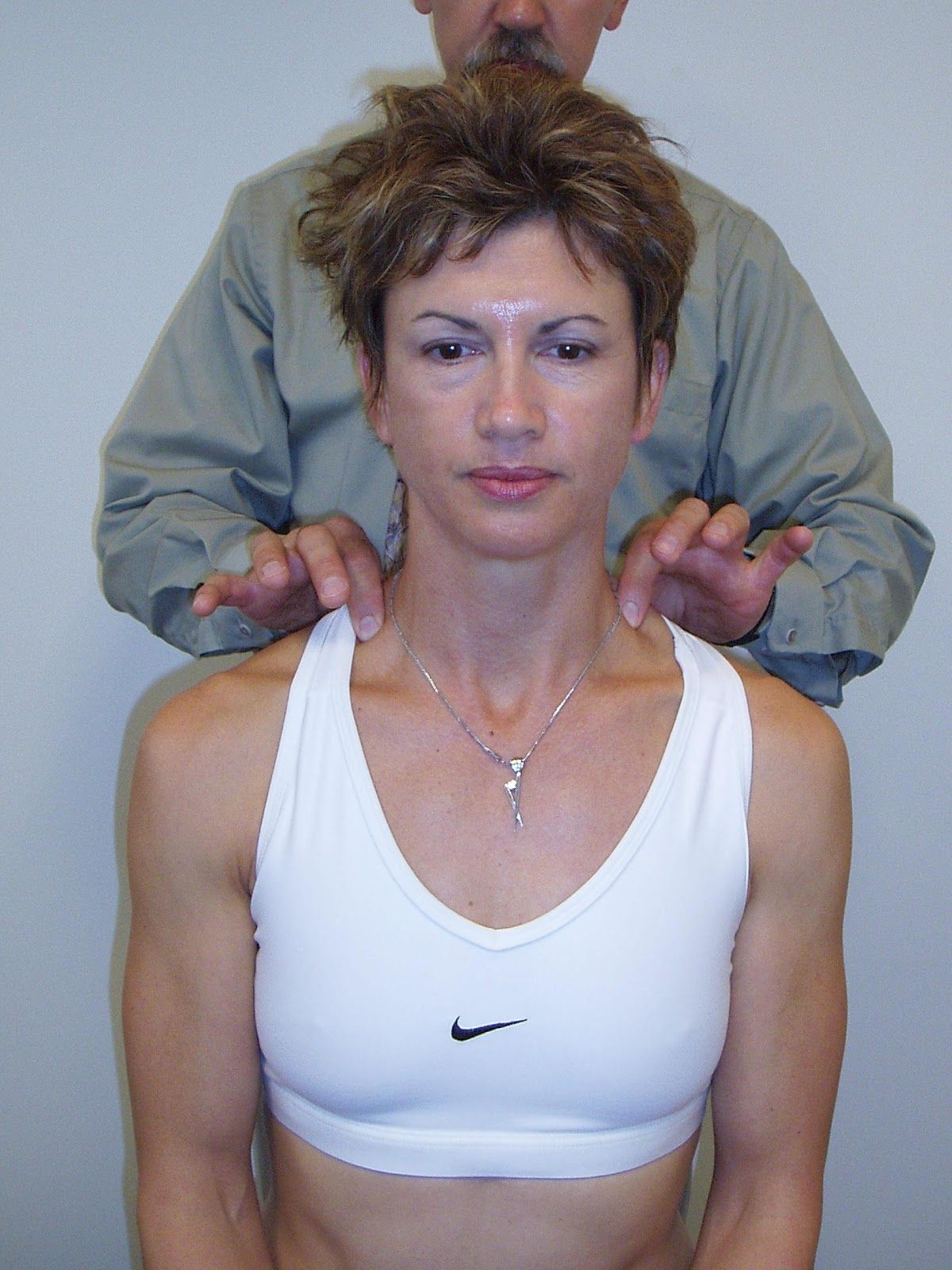
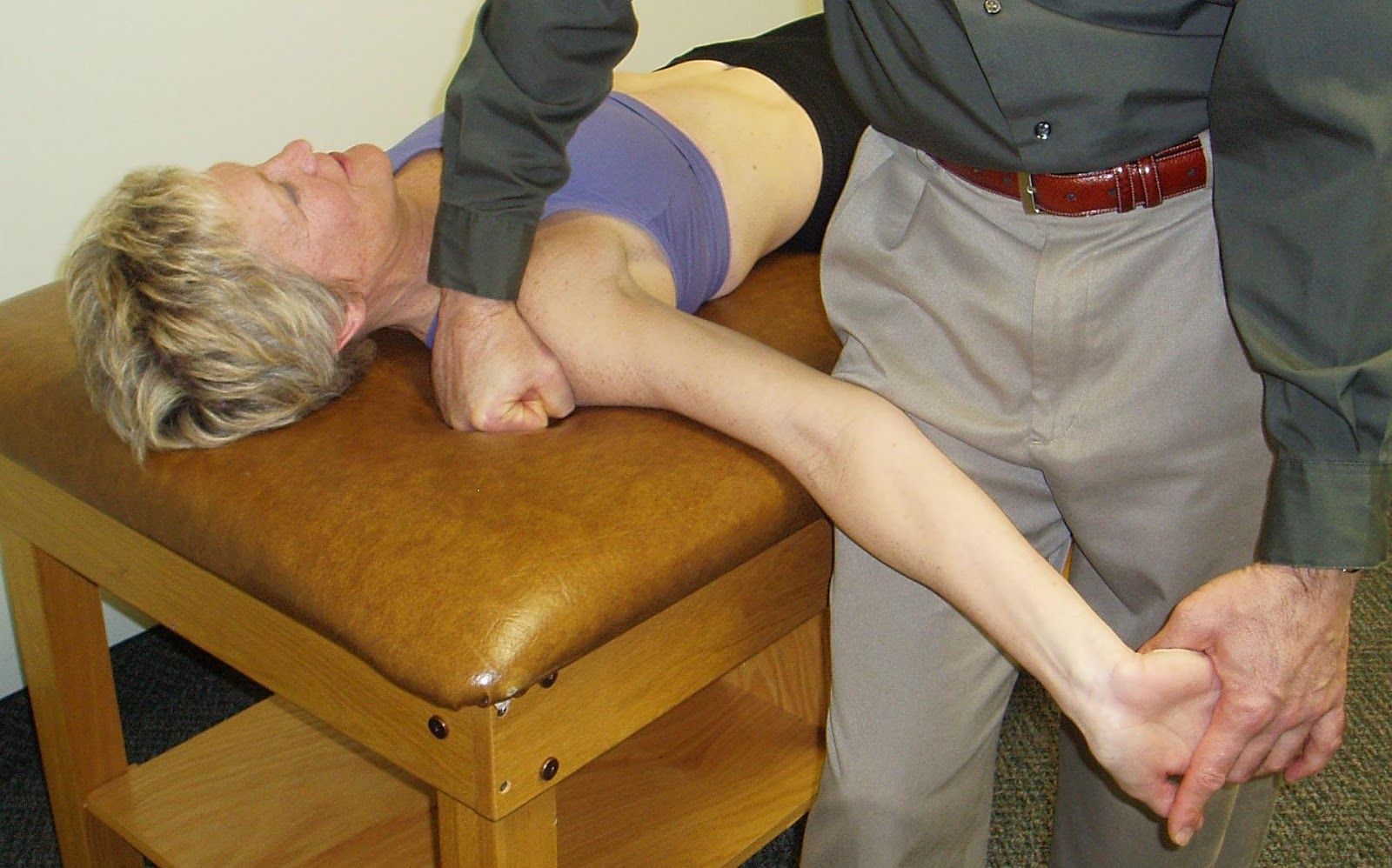
Palpation for a Superiorly Subluxed First Rib (Lindgren, Leino, Manninen, 1992):
- Illustration of a superiorly subluxated first rib on the left – the rib must be at least a finger width’s difference in height to make the diagnosis.
- Compare this palpation test with the cervical rotation lateral flexion (CRLF) test.
- To perform the CRLF test the patient is either sitting or supine and the neck is passively rotated to the left then laterally flexed to bring the right ear towards the chest. This tests the right first rib. The test is then repeated on the opposite side for comparison.
Cervical Rotation/Lateral Flexion Test (CRLF) to Diagnose a Superiorly Subluxated First Rib:
To test for a superiorly subluxated first rib on the right:
Therapist passively rotates the patient’s head to the left then attempts to laterally flex the head to the right bringing the right ear towards the chest.
A comparison is made with the opposite side. A positive test is indicated when the range of lateral flexion is reduced and a bony or hard end feel is felt by the therapist when the transverse process of C7 contacts the superiorly elevated rib.
